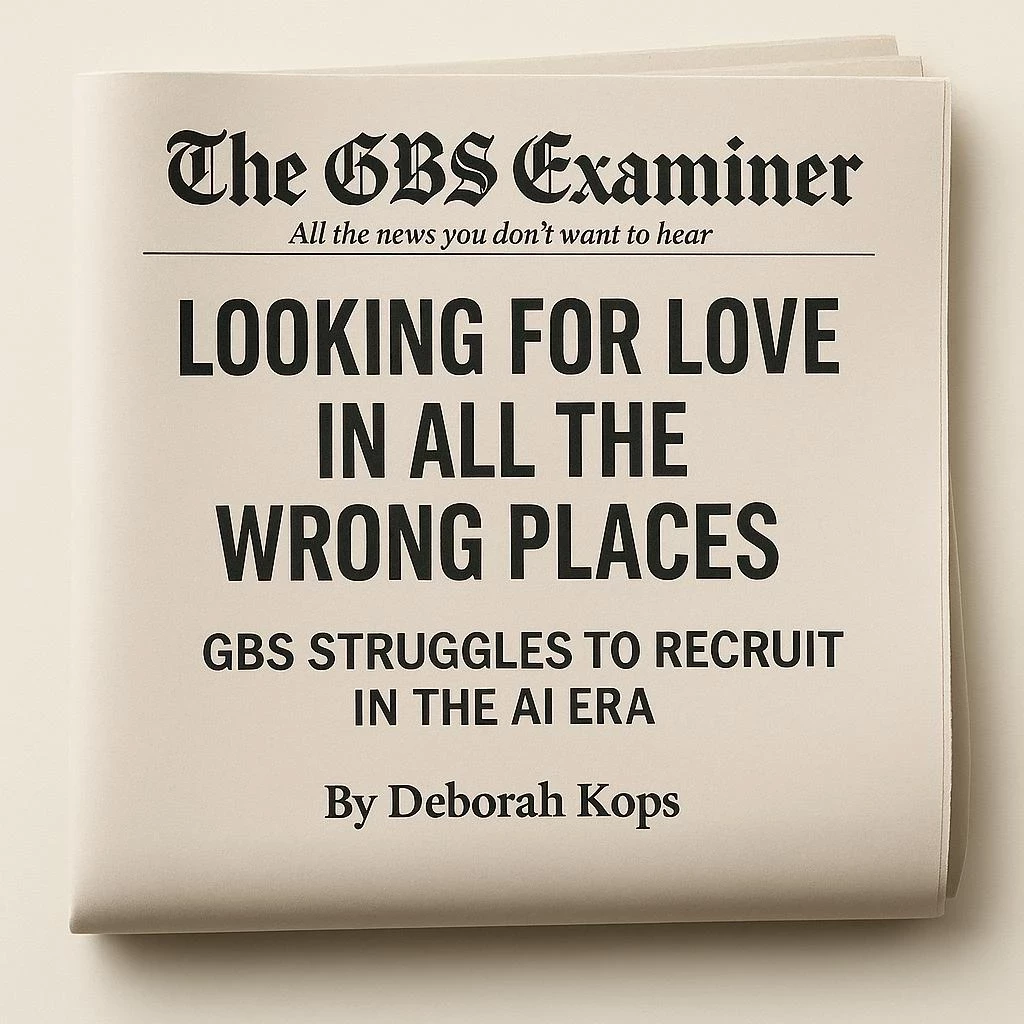Transforming Field HR as a Core Strategy for Optimized Services
Add bookmark
Interview with Courtney Jackson, Partner, ScottMadden.
Q: Why is it so important that the role of field HR is transformed?
Courtney Jackson: Field HR, as part of a modern HR service model, represents one of three legs of the stool that support best practice service delivery – the other two being Centers of Expertise (COE) and Service Centers. All three work in collaboration through one integrated model, which leverages the skills and advantages of each to optimize overall service delivery.
Field HR is the localized service element that remains when administrative and transactional activities are removed from the ‘field’ and transferred to the Service Center. In other words, with transferable activities moved out, what remains is a combination of tactical and strategic support that is tailored to the business unit’s needs. It's contrasted to the traditional model, where the embedded HR service was a go-to for everything and spread across too many processes to be truly effective. That kind of involvement across all processes, at all levels, naturally reduces efficiency from an end-to-end perspective. The new model cuts out these inefficiencies and redistributes resources across the three groups mentioned above.
You cannot really discuss the field in isolation, however. It's very much part of the whole system, but in contrast to the specialist services provided by the COE, and the transactional support provided by the Service Center, field HR support interprets and guides activities based on local needs. For specialized requests, field HR represents the business unit’s needs, but where the customer should be directly accessing routine information or requests, field HR should be comfortable redirecting as required. This ultimate focus on the customer provides more value-added service without diluting the effectiveness of the model.
There are a number of strategic reasons for prioritizing field HR capability. It offers consultative support to business unit leaders and senior managers, whether related to workforce planning, what the workplace will look like in 10 years’ time, the talent pipeline, or appropriate use of technology. Field agents present HR’s ‘voice at the table’ to influence the direction of the business unit and provide alignment in terms of where the organization is heading.
There are plenty of advantages the modern HR Service delivery model has compared to the traditional one. In the traditional model, at the local level, 5% of HR activity was strategic, 30% operational, and 65% administrative – all delivered from one resource.
Under the new model, the triangle is turned into a diamond. Now 20% of local support is strategic, provided via Business Partners; 60% is operational, provided by Generalists; and 20% is administrative, provided by Administrators (the balance of administrative work having shifted to the Service Center).
Q: You mention a few different HR roles in the field. What specific roles have emerged, and how does the nature of work change in this new model?
Courtney Jackson: While I have been using the term ‘field HR’ this actually breaks down into three different areas.
First, there is an element of HR Administrator or Coordinator that remains in the field when most administrative activities have shifted to the Service Center. It takes care of day-to-day support for HR processes, such as scheduling interviews or orientations, onboarding new hires, and the administration that goes along with these types of activities. While as much of the administrative load as possible should transfer to the Service Center, there are certain aspects that typically stay local.
The second group refers to HR Generalists who provide primarily middle management support. This includes counseling and coaching, for example on discipline issues. The support is not necessarily strategic, but equally it's not routine. Often, this work is too sensitive to divert to the Service Center. I've seen many organizations focus on the Administrator and Business Partner roles, to the detriment of Generalists – but they are a key element of localized support.
This article is an extract from a report titled:
10 Characteristics of Top Performing HR Service Organizations: What sets the top 20% apart?
Presented by HR Services specialists ScottMadden and the Shared Services and Outsourcing Network (SSON). Based on an HR Shared Services Benchmarking Study conducted by ScottMadden and APQC
Download the full report here.
The third group are the Business Partners. These are strategic advisors that help business leaders and senior management with their strategic planning, for example around talent and cultural initiatives and how these align with corporate objectives.
What I'm trying to highlight is that while field HR support is localized, even at this level it makes sense to differentiate between strategic level support (Business Partner); middle-management support (Generalist); and administrative support (Administrator). Trying to fill all local requirements via one role presents a similar problem to the one this model is trying to solve – i.e., HR resources that are either overqualified or underqualified trying to ‘do it all’. Extending the specialization of the new model to the field level means leveraging skills and optimizing resources. It also provides a career ladder framework that helps retain HR staff in the business.
Q: How does the business benefit from this reengineered field HR support?
Courtney Jackson: There are three main benefits. First, improved customer satisfaction; second, a reduction in the overall cost of service; and finally, improved compliance and control over data. Let me explain each of these separately.
In the past, the high-level advisory capability provided by Business Partners at the local level simply didn't exist. These Business Partners now present a resource that business leaders can rely on as they plan for optimal growth and success. There is also more clarity for employees as well as managers as to how and where to find the support they need. In other words: less time spent answer-shopping, with clearly defined ‘paths of access’ at every level. As field staff are not bogged down with forms and administration, they can provide support that is really valued at the business unit level.
As far as cost is concerned, in the new model skills are better aligned to appropriate work, which means cost-effective use of resources. In plain English, you pay more for high quality, value-add support that drives performance, than you do for administrative help.
Finally, the quality of decision-making is much improved through improved data where field staff can connect directly with the Service Center on what’s important for the business, for example reporting on specific metrics. The customization means the business makes better decisions.
Q: What competencies do HR Business Partners need to be truly effective?
Courtney Jackson: That's a really important question. Resourcing the Business Partner role requires a lot of thought. It's not just about taking the staff that are already there and giving them a strategic badge. The transition from administrative or operational support to strategic support is a whole different ballgame. Historically, HR staff in the business unit needed to be detail-oriented; good at spotting errors; customer focused; efficient at managing time; and with a strong understanding of HR processes.
As the model shifts, however, the skill requirements change, too. Now, it's about analyzing information, understanding what it's telling you, and how to use it to the business’s advantage. It's about problem solving and being a voice at the table to support optimal decision-making. The skills that are needed are insightfulness, adaptive thinking, analytical aptitude, problem solving, etc.
The challenge is that repositioning traditional HR staff into these new roles is not that easy. Although some people will previously have been underutilized, others simply won't make it. Organizations need to carefully evaluate their staff for the new competencies and not assume they can simply redeploy them, given the new model’s careful role definition.
So, organizations need to define what they are looking for, assess what they have, and then develop the skills they need – whereby defining roles means in terms of how they will support the business units. So, if you need highly analytical skills, or skills to support revenue growth, that will help you identify the competencies you need at the Business Partner level.
It’s important to develop a robust method for evaluating existing staff capabilities and matching these to the desired skills to expose gaps. Then, personal development plans can support upskilling or redeploying into other roles, for example the Service Center.
Q: How do HR Business Partners typically interface with the COE and the Service Center?
Courtney Jackson: The exciting and complex nature of HR processes is that they cut across all three of the support levels we have discussed, i.e. COE, Business Partner, and Service Center. So, it's never as easy as saying, who owns performance management? The COE might be responsible for designing the new program as a result of a new software solution, for example, and will roll out a new performance management process. The Business Partners, in the meantime, are in the field coaching managers and supervisors on this new program – in other words executing it in the field. The Service Center has a different role, around processing the data and compiling and running reports for their customers – the COEs and Business Partners. So, at the high level, Business Partners need to understand the program and guide the implementation locally. They also provide feedback to the COE, which is really key. It's not just about the COE pushing out initiatives.
I want to highlight how important it is to provide a framework for this feedback. It doesn’t just happen. The success of the field role depends to a large extent on its ability to provide feedback to the COE and Service Center, which is where most of the friction happens, by the way. When Business Partners are able to provide feedback, such as why certain metrics are important to their business unit, they can collaborate with the Service Center, ultimately smoothing the way.



























